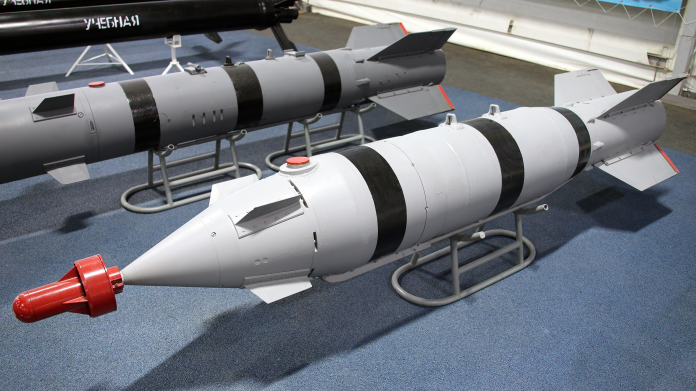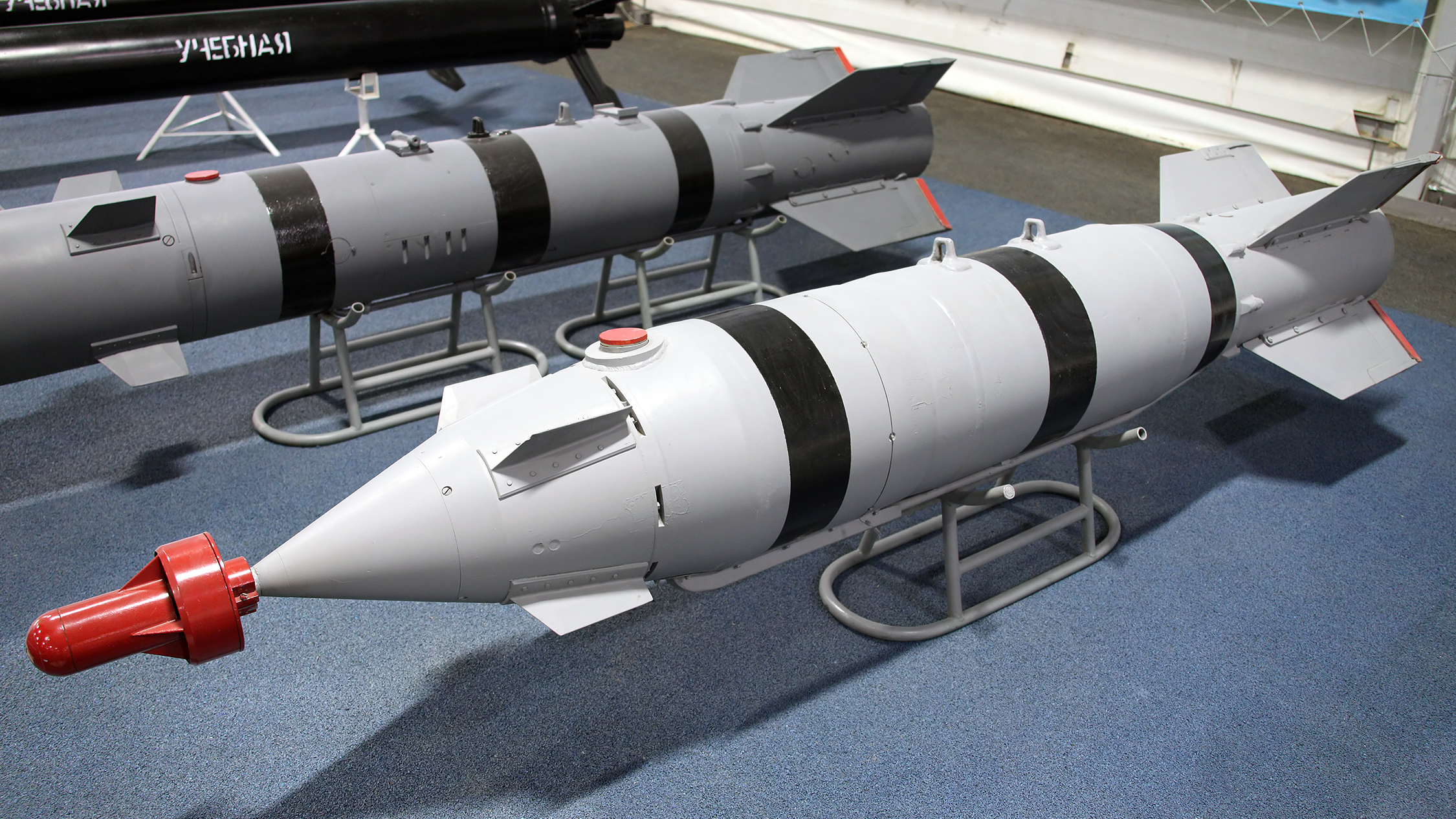
“After America, we must show it as well.” That time-worn Russian defense sector slogan, uttered decades past, now resonates above Ukraine’s skies as guided air bombs (KABs) and their upgraded versions. Formerly crude Soviet-era iron bombs, those weapons have been given wings, guidance sets, and even rocket engines and now they are hitting deeper into Ukrainian land than ever.
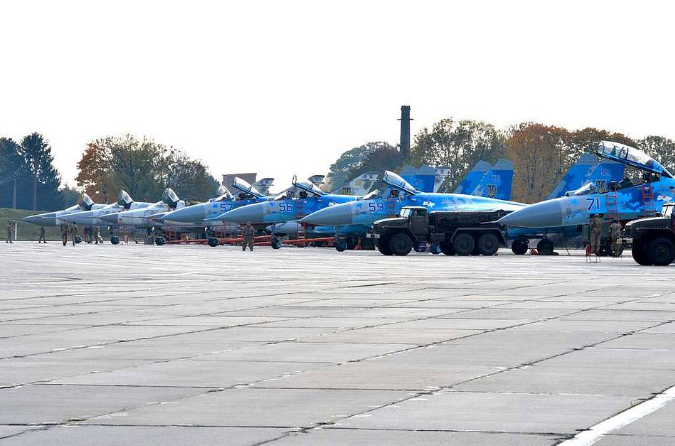
The sudden presence of such weapons above the Poltava region is a major escalation. This isn’t just a matter of range; it’s about Russia’s growing capability to deliver precision strikes from outside the range of Ukrainian air defense, at lower costs than missile salvos. Analysts say that the blend of high production volumes, long range, and hybrid design is altering the tactical equation.
Following is a deconstruction of the most salient features of this threat ranging from technical specifications and cost factors to operational problems and strategic considerations.
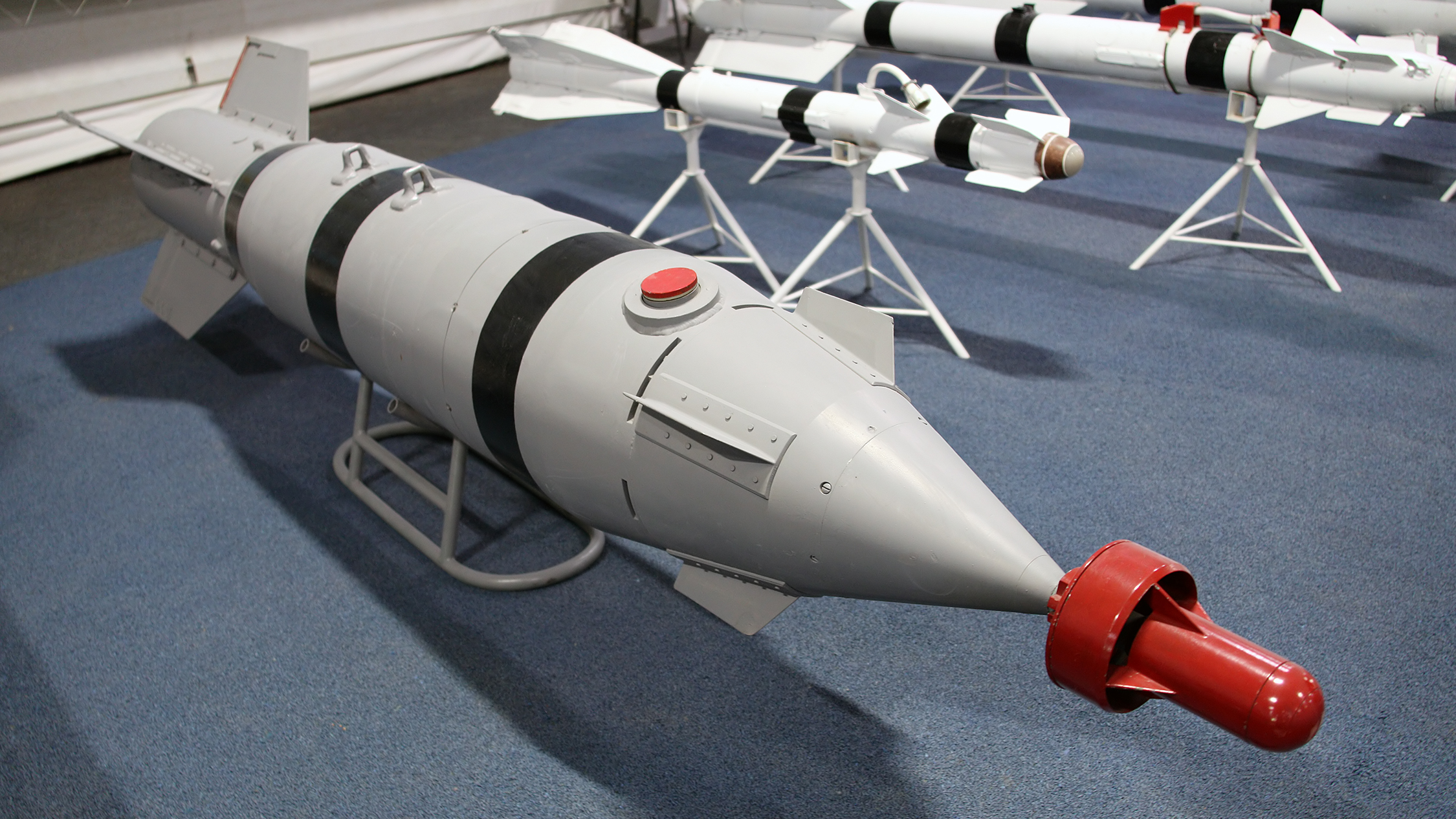
1. The KAB’s Development from Dumb Bomb to Precision Weapon
Initially, KABs were mere high-explosive aerial bombs metallic casings packed with explosives and equipped with a fuze. Their evolution started with the integration of universal guidance and correction modules, enabling them to fly towards targets with better accuracy. Russia currently uses various calibers, ranging from 250 kg to behemoth 3,000 kg types, each designed for various sets of targets. The latest examples like the ‘Grom’ series introduce propulsion to cover extra range and velocity, making it difficult to distinguish bomb and cruise missile.
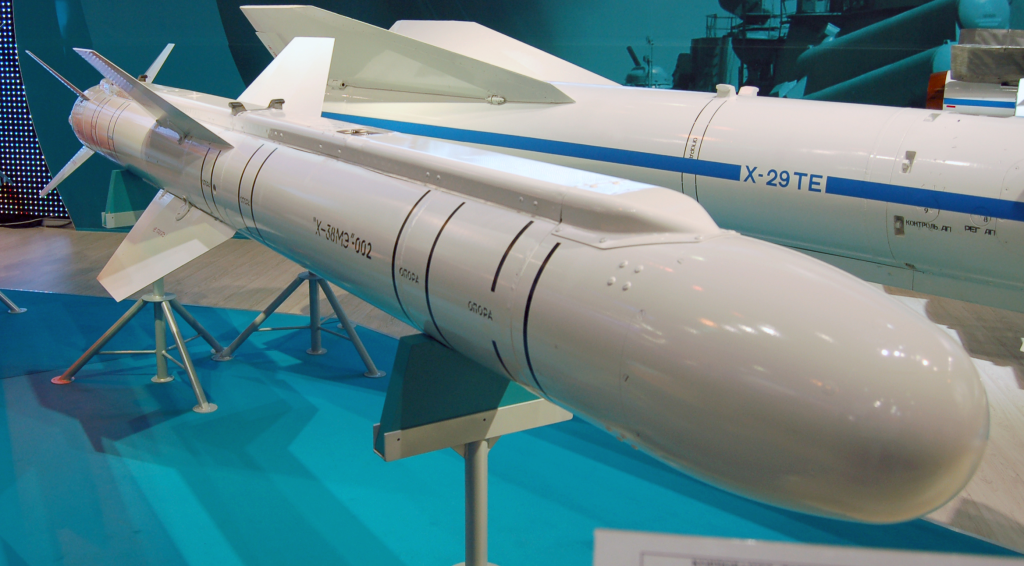
2. The ‘Grom’ Series and Hybrid Designs
The Grom series, which is derived from the Kh-38 missile, has variants such as the Kh-36 Grom-E1 that was presented in 2018. It is equipped with a 315 kg warhead and has a nominal range of up to 500 km (although operational employment implies less than 200 km), and these hybrids have inertial and satellite guidance with terminal radar or optical seekers. They can be fired from Su-34 or Su-35 platforms without entering Ukranian air defense space. Stealth is assisted by subsonic speed, with payload versatility enabling strikes at hardened or strategic targets.

3. Extended Reach and Modernized Guidance Kits
Recent reports, quoted by Vadym Skibitsky, state that Russia has created enhanced control modules with the ability to increase KAB strike range up to 193–200 km. The improvements make them resistant to electronic warfare and allow them to attack cities such as Kyiv, Chernihiv, and Poltava from deep within Russian or occupied territory. Mass production of these new bombs is in process, meaning an ongoing threat to rear-area infrastructure.

4. Cost Advantage Over Missiles
KABs are much less expensive than cruise or ballistic missiles. Estimating their cost basic ones are perhaps around $30,000, according to some sources, or $70,000, by other estimates, with special variations costing up to $250,000–$300,000. One cruise missile, meanwhile, can cost up to $1 million. That difference in cost lets Russia keep sortie rates high without draining its precision-strike budget, yet continue to present a deadly threat to Ukrainian defenses.
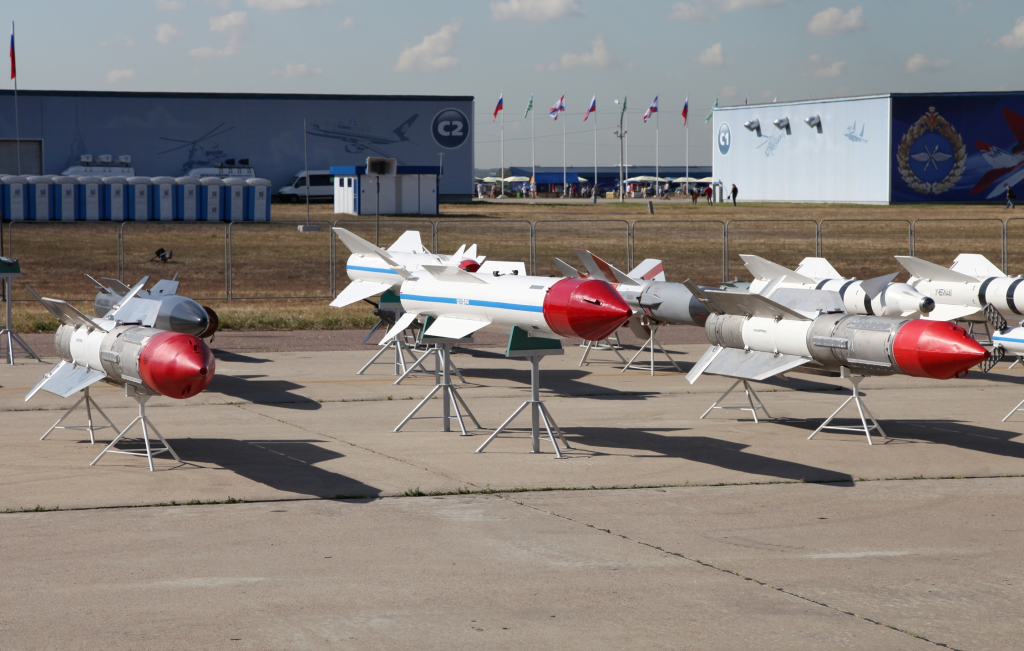
5. Production Capacity and Sustained Pressure
Expert estimates indicate Russia is producing 5,000–10,000 KABs per month. Even assuming these are unofficial numbers, the message is clear: a huge, replaceable inventory allows for ongoing pressure on Ukrainian air defenses. This is similar to Russia’s overall missile and drone strategy combining high-priced, precision weapons with lower-cost, plentiful systems to saturate and test defensive vulnerabilities.
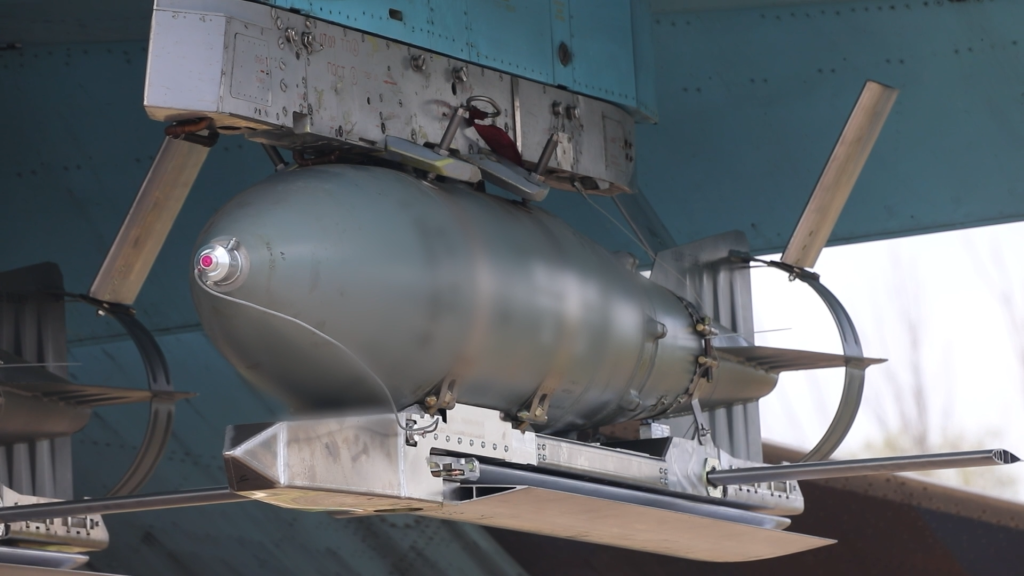
6. Technical Deficiencies and Dependability Concerns
All variants of KAB are not perfect. Russia’s response to the U.S. JDAM, the UMPK (Unified Gliding and Correction Module), has been panned as an improvised piece of hardware with abysmal aerodynamics and questionable wing deployment. Malfunctions resulted in bombs landing in Russian-held land, such as Belgorod in April 2023. Flawed as they are, the kits still enable standoff launch that minimizes exposure of aircraft to Ukrainian interceptors.
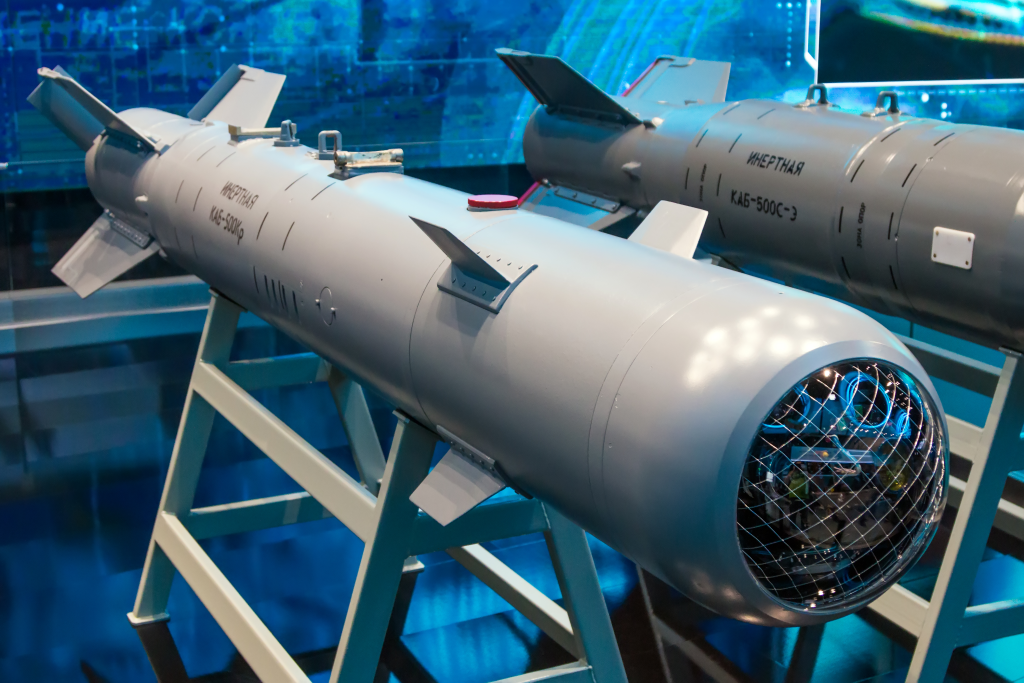
7. Air Defense Challenges Against Rapid, Guided Bombs
Shooting down a KAB at 500 km/h is complicated. As one specialist pointed out, even in optimal conditions, it may require ten anti-air drones to shoot down one bomb, at speed and angle of approach. In the absence of AI-guided targeting, human pilots have split-second windows of reaction. Electronic warfare has the capability to jam some guidance platforms, but the enhanced immunity of updated kits restricts this capability. Ukrainian defenders need to counterbalance the allocation of interceptors between such bombs and other threats, such as ballistic missiles, which remain more difficult to intercept.

The KAB threat to Poltava and beyond is not unique but a symptom of a wider Russian shift towards low-cost, long-range precision strike options. By mashing up legacy bomb inventory with new guidance and propulsion, Moscow has developed a weapon that is both cheap and tactically versatile. For Ukraine, to counter this evolution will not only mean additional interceptors but also quicker detection, enhanced electronic warfare, and strategic resource management to accommodate a threat programmed to outpace and outlast static defenses.
